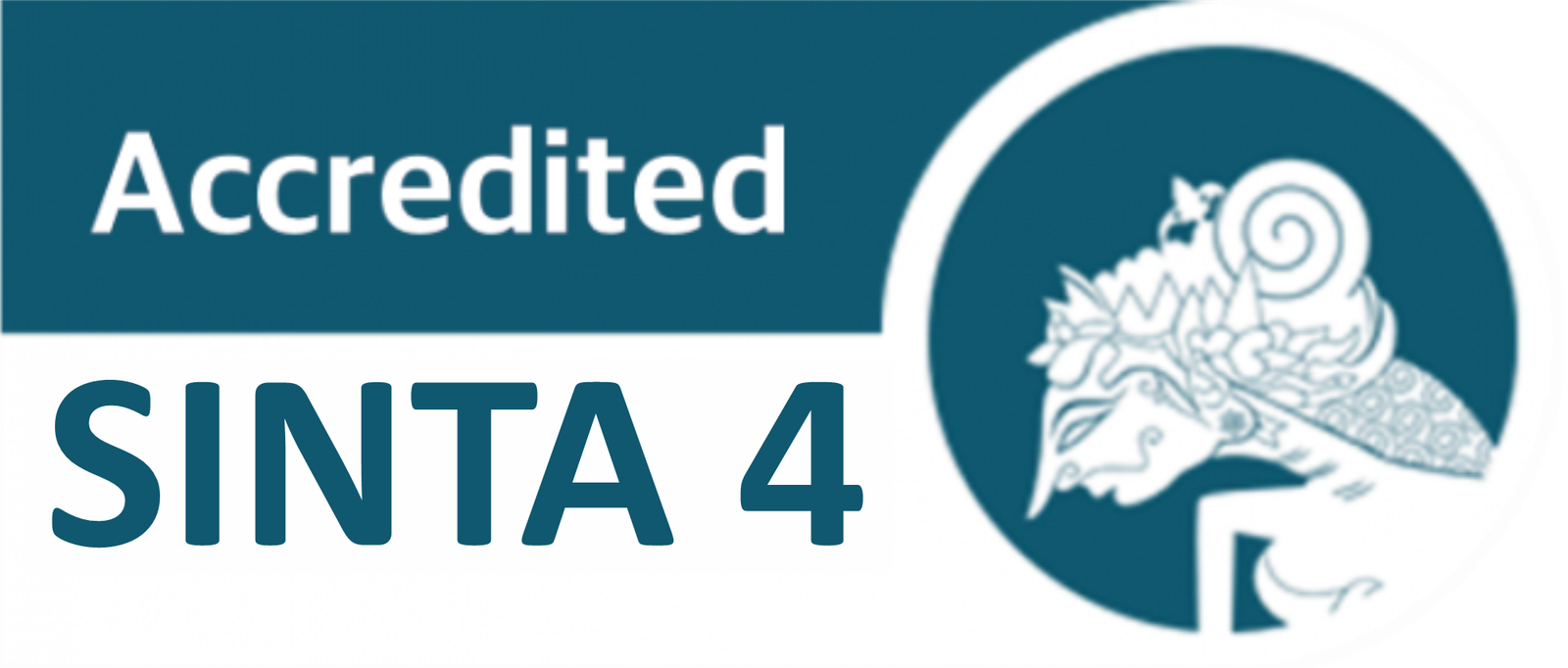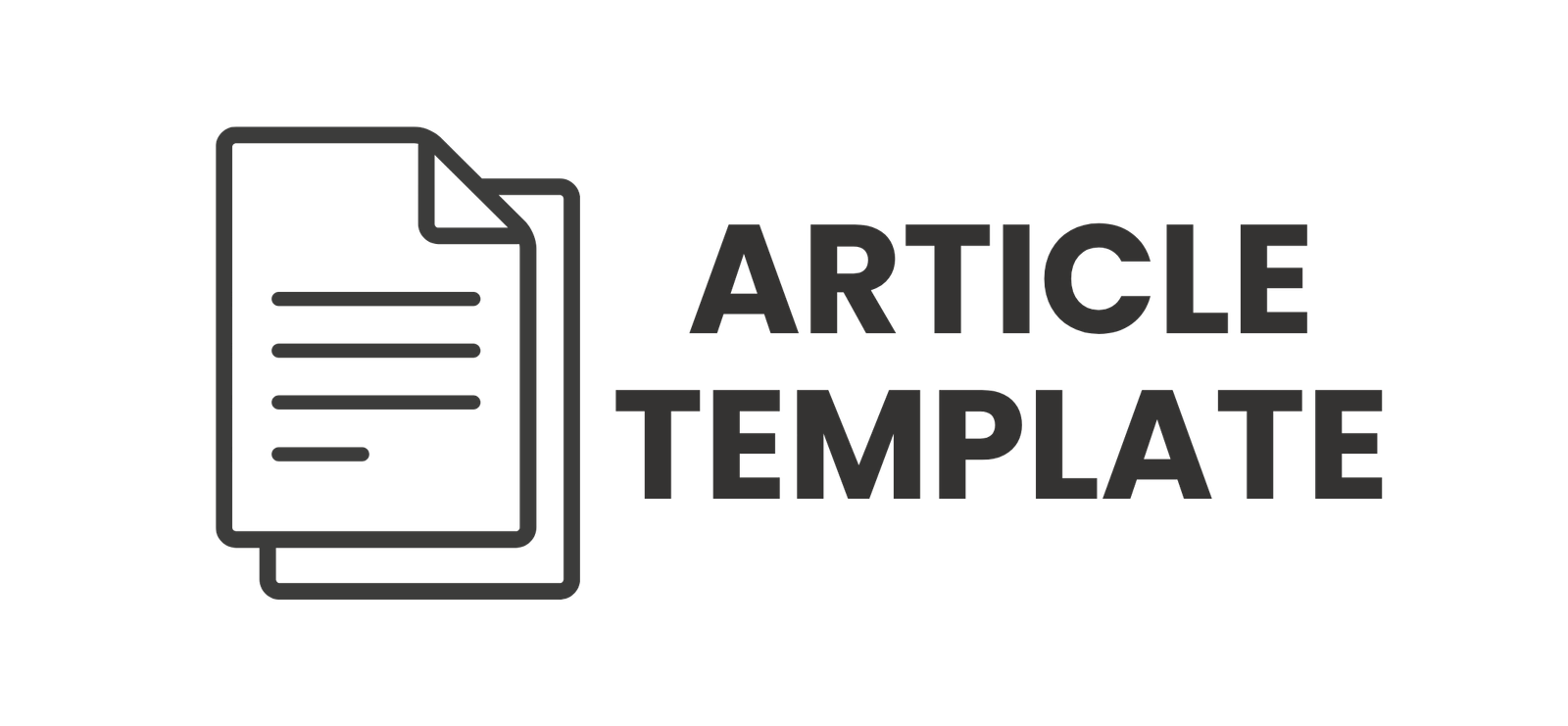Improving Student Reading Comprehension Using Narrative Text Question and Answer Method
DOI:
https://doi.org/10.30605/jsgp.5.2.2022.1476Keywords:
Narrative Text, Reading Comprehension, Question and Answer Method, StudentAbstract
This research aimed to improve students reading comprehension by using narrative text question and answer method. The method that use in this study was question and answer discussion between students and teacher. The application of the study used mixed method research with pre-test, post-test and discussion. The teacher asked students to read a narrative text about Bawang Merah dan Bawang Putih. The research was conducted at SMA Bakti Idhata, located in Jakarta, consist of 40 students in the 10th grade class of X-A. The students’ classification score divided into seven categories, starting from the highest and the lowest: excellent, very good, good, fairly good, fair, poor, and very poor. The students who got the score (excellent: 86-95) was 12 students, but there was no students who got it before. Most of the students got (good: 76-85) which was 20 students, while before that, 16 students got these score. The student who got (fairly good: 66-75) was 7 students, while before it was 16 students which means there was significant different after it conducted the treatment. The students who got (fair: 56-65) before the treatment was 5 students, but now it was nobody. And last, the students who got (poor: 36-55) was only 1 students, while before that, it has 3 students. The value of students who have been taught using question and answer method was higher than the value of students who were not taught using question and answer method. This conclude that using question and answer method were effective in improving students reading comprehension
Downloads
References
Anggraini, D. (2021). Question-Answer Relationship (QAR) as A Strategy Training to Improve Student’s Reading Comprehension Of Narrative Text. Journal Maintenance, 9(02), 161-169.
Anggun, D. (2018). The Effect of Question Answer Relationship Strategy on Students’ Reading Comprehension of Narrative Text at VIII Grade of SMP Muhammadiyah 4 Giri. Journal of English Teaching, Literature, and Applied Linguistics, 1(1), 1-9.
Carrol, G., & Conklin, K. (2015). Cross language priming extends to formulaic units: Evidence from eye tracking suggests that this idea “has legs.” Bilingualism: Language and Cognition, 20(2), 299–317.
Chen, C. N., Chen, S. C., Chen, S. H. E., & Wey, S. C. (2013). The effects of extensive reading via ebooks on tertiary level EFL students’ reading attitude, reading comprehension, and vocabulary. Turkish Online Journal of Educational Technology, 12(2), 303–312.
Creswell, J. (2013). Qualitative, quantitative, and mixed methods approaches. In Research design.
Damanik, A. S., & Herman, H. (2021). Improving Students’reading Comprehension Through Question Answer Relationship Strategy (QARS). Inovish Journal, 6(1), 84-101.
Hadi, M. S. (2019). The Use of Song in Teaching English for Junior High School Student. English Language in Focus (ELIF), 1(2), 107–112.
Hadley, G., & Charles, M. (2017). Enhancing extensive reading with data-driven learning. Language Learning & Technology, 21(3), 131–152.
Indrayani, S. A. (2014). The Effectiveness of Using Mind Mapping in improving students Reading Comprehension of Narrative Text. Skripsi. Syarif Hidayatullah State Islamic University, jakarta.
Kurniawan, A. K., Rufinus, A., & Suhartono, S. (2013). Improving Students Reading Comprehension on Narrative Text Through Story Mapping Strategy (Doctoral dissertation, Tanjungpura University).
Kočiský, T., Schwarz, J., Blunsom, P., Dyer, C., Hermann, K. M., Melis, G., & Grefenstette, E. (2018). The narrativeqa reading comprehension challenge. Transactions of the Association for Computational Linguistics, 6, 317-328.
Masruroh, Jazilatul. 2015. Narrative Text: Complete Material and Examples. (http://www.englishindo.com/2015/04/sample-narrative-text.html), accessed 21 March 2022.
Nudho, E. L. B. E. R. T. H. I., Arifin, Z., & Salam, U. (2013). Improving Students’ Reading Comprehension on Narrative Text Through Directed Reading-Thinking Activity. Jurnal Pendidikan Dan Pembelajaran Khatulistiwa, 1-13.
Pourhosein Gilakjani, A., & Sabouri, N. B. (2016). How can students improve their reading comprehension skill. Journal of Studies in Education, 6(2), 229-240.
Pressley, M., & Afflerbach, P. (2012). Verbal Protocols of Reading: The Nature of Constructively Responsive Reading. Routledge.
Rosada, A., & Rufinus, A. (2015). Improving Students’reading Comprehension On Narrative Text By Using Story Map Technique. Jurnal Pendidikan dan Pembelajaran Khatulistiwa (JPPK), 4(9).
Saputra, R. (2020). Improving Students’reading Comprehension By Using Multi Pass Strategy On Narrative Text At Tenth Grade Of Smk Start Up Dara Jingga. Dharmas Education Journal (DE_Journal), 1(2), 220-231.
Sarwono, J. (2013). Metode Campuran Bagaimana Menggabungkan Penelitian Kuantitatif dan Penelitian. Elex Media Komputindo.
Sriyana, S., Ikhsanudin, I., & Bunau, E. (2018). Using Story Mapping Technique To Improve Students’participation In Reading Comprehension Of Narrative Text. Jurnal Pendidikan dan Pembelajaran Khatulistiwa (JPPK), 7(12).
Sockett, G. (2014). The online informal learning of English. New York, NY: Palgrave Macmillan.
Yunus, M., & Kurniati, I. (2013). Pengaruh Model Pembelajaran Aktif Tipe Giving Question and Getting Answers terhadap Hasil Belajar Siswa Kelas X SMA Negeri 1 Bajeng. Jurnal Chemica 14(1), 20-26.
Downloads
Published
How to Cite
Issue
Section
License
In submitting the manuscript to the journal, the authors certify that:
- They are authorized by their co-authors to enter into these arrangements.
- The work described has not been formally published before, except in the form of an abstract or as part of a published lecture, review, thesis, or overlay journal.
- That it is not under consideration for publication elsewhere,
- That its publication has been approved by all the author(s) and by the responsible authorities – tacitly or explicitly – of the institutes where the work has been carried out.
- They secure the right to reproduce any material that has already been published or copyrighted elsewhere.
- They agree to the following license and copyright agreement.
License and Copyright Agreement
Authors who publish with JSGP agree to the following terms:
- Authors retain copyright and grant the journal right of first publication with the work simultaneously licensed under Creative Commons Attribution License (CC BY-SA 4.0) that allows others to share the work with an acknowledgement of the work's authorship and initial publication in this journal.
- Authors are able to enter into separate, additional contractual arrangements for the non-exclusive distribution of the journal's published version of the work (e.g., post it to an institutional repository or publish it in a book), with an acknowledgement of its initial publication in this journal.
- Authors are permitted and encouraged to post their work online (e.g., in institutional repositories or on their website) prior to and during the submission process, as it can lead to productive exchanges, as well as earlier and greater citation of published work.














